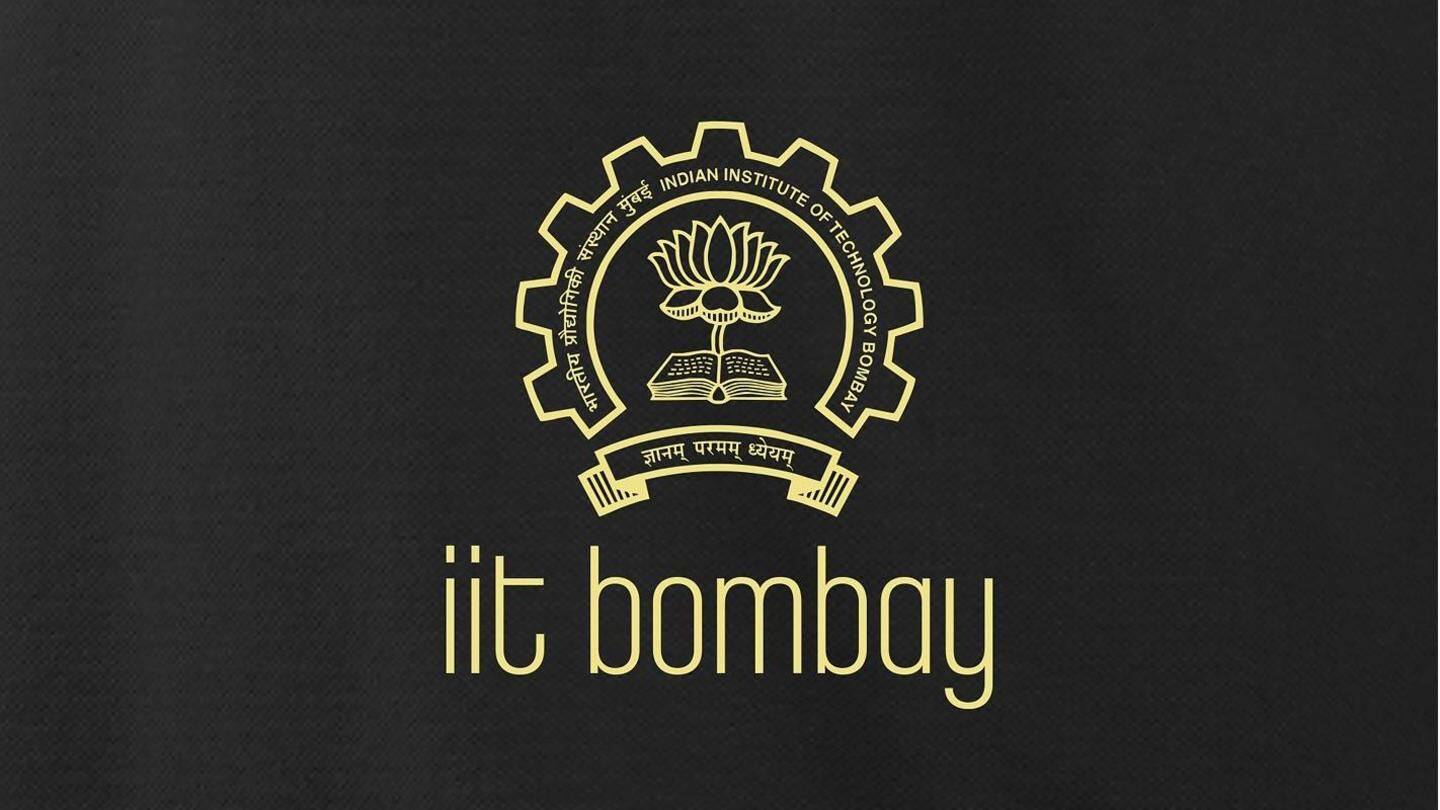
IIT Bombay Study: Most Indian salts contain plastic particles
What's the story
In a first-of-its-kind study in India, researchers from IIT Bombay have found that most table salts available in India are likely to contain microplastics from polluted sea water. However, the researchers have clarified that the presence of microplastics is a result of background sea pollution, and not resultant of the process of extraction or manufacturing. Here are the details of the study.
Definition
What are microplastics and microfibers?
According to the US-National Oceanic and Atmosphere Administration (NOAA), microplastics are classified as plastic particles measuring less than 5mm, or a sesame seed. Microfibers, meanwhile, are tiny synthetic fibers that are released when clothes are washed.
Study
The study holds particular significance for India
A two member team from IIT-Bombay's Centre of Environmental Science and Engineering (CESE) found 626 microplastic particles in samples from popular table salt brands. Of these, 63% were plastic fragments and 37% were plastic fibers. With India being the world's third-largest producer of industrial and edible salt after China and the US, the study holds particular importance and has far-reaching implications.
Samples
How the salt samples were chosen
For the study, researchers collected three packages each of eight commercial sea salt brands from local markets, and supermarkets in Mumbai between June and September 2017. Manufacturing dates varied between 2016 and 2017, and salt from six brands were produced in Gujarat (which accounts for 77% of India's salt production), while salt from the the other two brands were produced in Kerala and Maharashtra.
Composition
The composition of microplastic fragments and fibers
Analysis of the samples revealed that 80% of microplastic fragments and fibers were smaller than 0.5mm and 2mm respectively. Fibers larger than 5mm were also found, albeit these were much less in number. Polyesters were found to be dominant in both microplastic fragments and fibers, and polyethylene terephthalate (PET) was also found to be present. PET is used in plastic bottles, food containers etc.
Health impacts
With microplastics present almost everywhere, a risk assessment is due
Going by the World Health Organization's (WHO) recommended salt intake of 5gm per day for adults, researchers at IIT-Bombay estimate that Indians would be consuming 0.117 milligrams of microplastics every year. While the health implications of this consumption has to be researched, studies have already shown the presence of microplastics in other food, and in the air. Thus, a comprehensive risk assessment is due.
Confirmation
The study confirms what global studies have shown
The study confirms what several global studies have shown. Over the last four years, studies have found microplastics and microfibers in sea-derived salts in China, US, UK, Spain Turkey, and France, among others. IIT-Bombay's study now adds India to the list. Notably, microplastic content found in Indian salts was similar to those in Spain and Turkey, but less than that found in China.